Automotive Sensors Market Insights: Size, Share, Growth Analysis & Forecast (2024-2029)
The report covers a comprehensive analysis segmented by Sensor Types (Temperature Sensors, Pressure Sensors, Oxygen Sensors, Speed Sensors, Radar Sensors, and Others), by Vehicle Types (Passenger Car, Light Commercial Vehicle, Heavy Commercial Vehicle, Others), by Application (Powertrain Systems, Chassis, Exhaust Systems, Others), by Distribution Channel (Original Equipment Manufacturers, Aftermarkets, Others), by Geography (North America, South America, Asia Pacific, Europe, The Middle East, Africa).
Automotive Sensors Market Snapshot
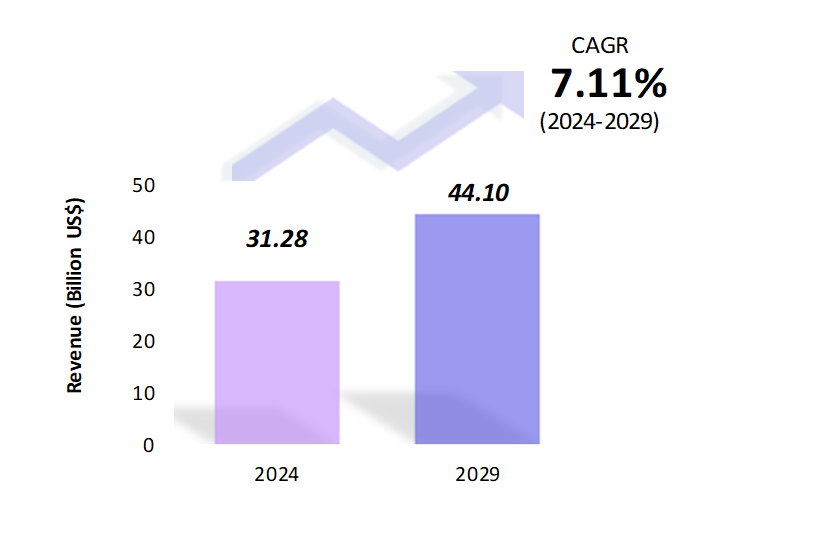
Automotive Sensors Market Overview
The global automotive sensors market is estimated to be at $31.28 Bn in 2024 and is anticipated to reach $44.1 Bn in 2029. The global automotive sensors market is registering a CAGR of 7.11% during the forecast period 2024-2029.
Automotive sensors are devices that monitor and provide information about various vehicle parameters, including speed, temperature, pressure, level, and proximity. These sensors are integral to numerous vehicle systems, such as the engine management system, anti-lock braking system (ABS), airbag deployment system, tire pressure monitoring system (TPMS), and parking assistance system. The rise of electric and self-driving vehicles is expected to significantly boost the demand for advanced sensors that support these technologies. Automotive sensors gather data used by vehicle control systems to enhance performance, safety, and efficiency. As vehicles become more complex and automated, the need for automotive sensors grows, driving innovation in the industry. The future of the automotive sensor industry looks promising due to technological advancements and the increasing demand for smart, connected vehicles. As vehicles become more autonomous, the requirement for sensors that provide real-time data for decision-making will rise. Additionally, the emphasis on vehicle electrification and the growth of electric and hybrid vehicles will increase the demand for sensors that monitor battery performance and powertrain efficiency. Continued research and development are expected to make automotive sensors more sophisticated, reliable, and cost-effective, contributing to the ongoing evolution of the automotive industry.
Automotive Sensors Market Coverage
| Historical & Forecast Period | 2018-2029 |
| Base Year | 2023 |
| Forecast Period | 2024-2029 |
| Units | Billion US$ |
| Segments | Sensor Types, Vehicle Types, Application, Distribution Channel |
| Geographies | North America, South America, Asia Pacific, Europe, The Middle East, Africa |
| Key Vendors | DENSO Corp., Infineon Technologies AG, Robert Bosch GmbH, Texas Instruments Inc., Analog Devices Inc. |
Key Geographies of Automotive Sensors Market, 2023
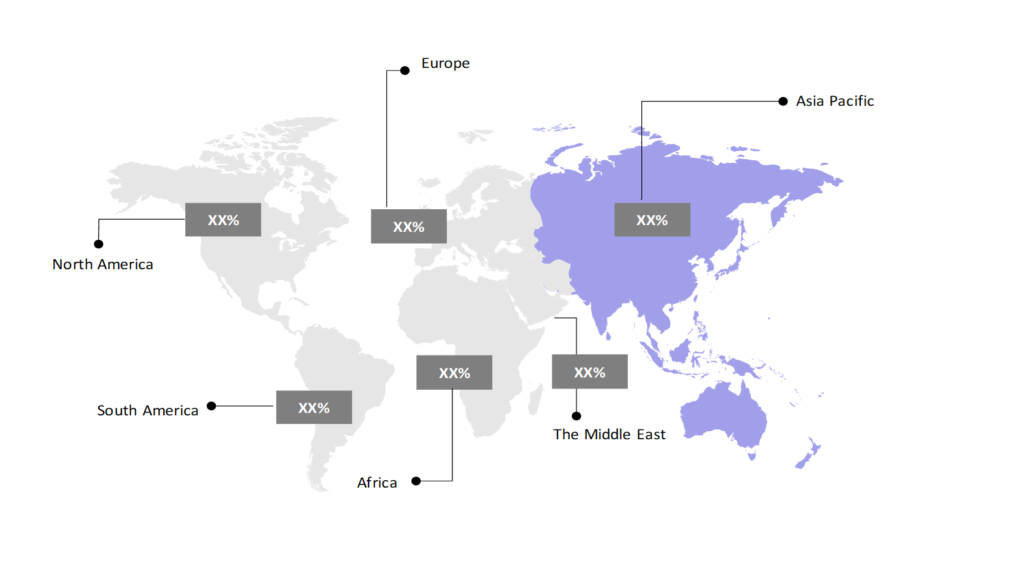
Porter’s 5 Forces Analysis of Automotive Sensors Market
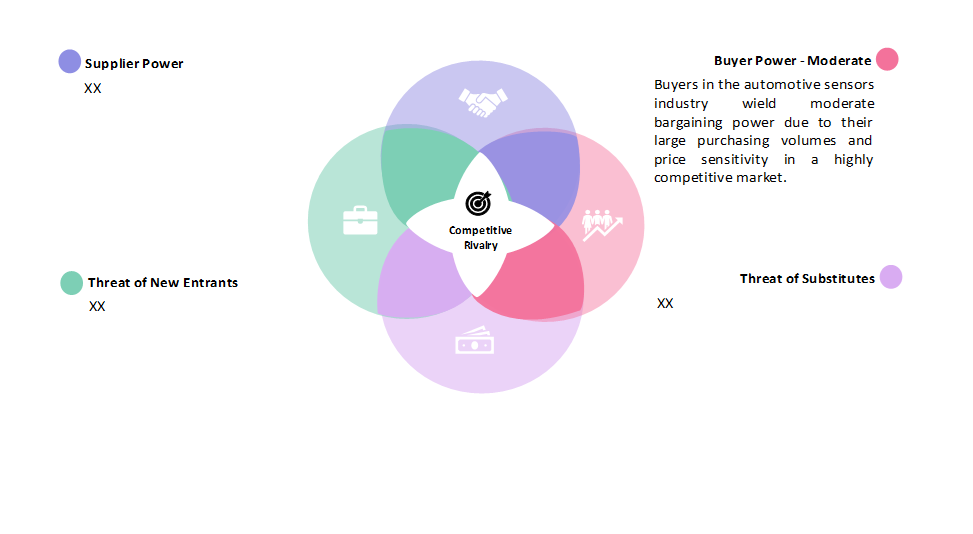
Automotive Sensors Market Trends
Automotive sensors have undergone significant advancements and increased adoption, driven by the industry’s push toward smarter, safer, and more efficient vehicles. The integration of Advanced Driver Assistance Systems (ADAS) features like lane-keeping assistance, adaptive cruise control, and automated parking has heightened the demand for sensors such as radar, LiDAR, ultrasonic, and cameras. For instance, in December 2022, Continental AG introduced specialized modules and sensors specifically for electromobility, showcasing its Advanced Driver Assistance Systems (ADAS) integrated within the “CV3” System on Chip (SoC) family, which incorporates artificial intelligence (AI) technologies from the semiconductor startup Ambarella. These sensors improve vehicle safety and pave the way for autonomous driving.
The transition to electric vehicles (EVs) is spurring the development of specialized sensors for battery management, thermal management, and energy efficiency. Current, voltage, and temperature sensors are essential for monitoring and optimizing EV powertrains. Modern vehicles are becoming more connected, necessitating a suite of sensors to support vehicle-to-everything (V2X) communication. These sensors enable real-time vehicle monitoring, predictive maintenance, and enhanced navigation by collecting and transmitting data. Additionally, sensors are being used to enhance the in-cabin experience; for example, temperature and humidity sensors are utilized in interior climate control systems, while motion sensors facilitate gesture recognition.
A growing trend toward miniaturization and integration of sensor solutions allows for multiple sensing functions within a single module, reducing space and cost while improving reliability and performance. The prevalence of AI and machine learning in sensor data analysis is increasing, enabling predictive analytics that assist in fault detection, preventive maintenance, and adaptive control systems. Advances in manufacturing processes and materials are lowering sensor costs while enhancing their reliability and longevity, which is crucial for their widespread adoption, especially in cost-sensitive automotive markets. The shift toward solid-state sensors, particularly in LiDAR technology, is also notable. These sensors offer higher reliability, lower power consumption, and better performance under harsh conditions, making them ideal for autonomous vehicle applications.
Automotive Sensors Market Driving Factors
The rapid evolution of automotive technology is significantly driven by the integration of advanced sensors, which enhance vehicle safety, efficiency, and performance. Key drivers include safety and regulatory compliance, where sensors such as LiDAR, radar, and cameras are critical for Advanced Driver Assistance Systems (ADAS) and autonomous driving, meeting stricter global safety standards. Environmental concerns also play a role, with sensors optimizing engine performance and reducing emissions and, in electric vehicles (EVs), ensuring efficient energy management.
Consumer demand for connectivity and convenience fuels the inclusion of sensors for features like keyless entry, automatic climate control, and infotainment systems. Technological advancements, including miniaturization and cost reduction, have made it feasible to integrate multiple sensors into vehicles, while the pursuit of autonomous vehicles requires a comprehensive array of sensors for effective functioning. Technologies such as IoT integration, artificial intelligence, and car-to-car communication are amplifying the significance of automotive sensors. Leading automotive manufacturers are incorporating multiple sensor systems into their upcoming electric vehicles, which is boosting market growth. For example, in February 2023, Continental AG developed a new high-speed e-motor position sensor (e-RPS), which is highly compact, lightweight, and efficient and can be applied to a wide range of EV motors. The competitive automotive market drives manufacturers to invest in unique sensor-based features, and the growing demand for aftermarket and retrofitting solutions enhances the functionality of older vehicles with modern technologies. Additionally, partnerships and collaborations among automotive, technology and semiconductor companies accelerate sensor innovation. The deployment of sensors is further enhanced by the development of smart infrastructure, such as intelligent traffic systems, which together provide a synergistic ecosystem that drives advancements in the automobile sector. Together, these elements drive ongoing innovation and sensor integration, influencing the direction of the automobile sector.
Automotive Sensors Market Challenges
The automotive sensor market grapples with challenges related to sensor costs and their integration into vehicles. As cars become more technologically advanced and autonomous, the number of required sensors increases, driving up expenses. Developing advanced sensors with cutting-edge technologies such as artificial intelligence and IoT integration requires substantial investment in research and development. Manufacturers are pressured to reduce costs while maintaining high performance and reliability.
Integrating new sensor technologies into existing vehicle systems can be complex and requires compatibility with various automotive platforms. For instance, the integration of advanced driver assistance systems (ADAS) within the “CV3” System on Chip (SoC) family by Continental AG, incorporating AI technologies from Ambarella, demonstrates the challenges of ensuring seamless compatibility and functionality across different vehicle models and platforms. Additionally, incorporating numerous sensors into a vehicle’s design without compromising aesthetics and functionality is a significant challenge. Automotive sensors must endure extreme temperatures, vibrations, and exposure to moisture and chemicals. Ensuring the durability and reliability of sensors is crucial for vehicle performance and safety. The automobile industry is constantly working to enhance sensor durability and reliability while keeping costs low. With the rise in vehicle connectivity and the amount of data collected by sensors, data security and privacy have become top priorities. Automotive sensors gather sensitive information about vehicle performance, driver behavior, and location, making them potential targets for cyberattacks and privacy breaches.
Automotive Sensors Market – Key Industry News
- The 600 V CoolMOS S7TA super-junction MOSFET, intended for automotive power management applications, was introduced by Infineon Technologies AG in June 2024.
- Analog Devices, Inc. announced in March 2024 that the Sensinel Cardiopulmonary Management (CPM) System would be made available for purchase after receiving FDA 510(k) clearance.
- Texas Instruments unveiled new current sensors in August 2023, such as shunt monitors and a low-drift Hall-effect sensor.
Automotive Sensors Market Competitive Landscape
The automotive sensors market is characterized by intense competition among key players such as DENSO Corp., Infineon Technologies AG, Robert Bosch GmbH, Texas Instruments Inc., and Analog Devices Inc., each driving innovation to capture market share. DENSO Corporation is a leading supplier with a strong focus on engine management and hybrid vehicle technologies, evidenced by their recent development of a lidar sensor for autonomous driving systems. Infineon Technologies AG excels in magnetic and pressure sensors, recently launching the XENSIV 60 GHz radar sensor to enhance interior monitoring systems by detecting micro-movements. Robert Bosch GmbH is a pioneer in MEMS sensors, and their latest generation of MEMS sensors, introduced in 2023, offers higher precision and lower power consumption for autonomous vehicles. Texas Instruments Inc. is known for its analog and mixed-signal processing capabilities, expanding its portfolio in 2022 with ultrasonic sensors designed for ADAS to improve distance measurement and object detection. Analog Devices Inc. leverages its expertise in signal processing and sensor fusion technologies, highlighted by their 2023 launch of MEMS IMUs for autonomous driving applications, providing enhanced precision and reliability for complex navigation and control. These companies’ continuous advancements and strategic investments underscore the dynamic and rapidly evolving nature of the automotive sensors market. The global automotive sensors industry participants are always developing strategies to preserve a competitive advantage. The companies primarily use acquisitions, R&D, partnerships, and technological launches. Several important entities in the automotive sensors market include DENSO Corp., Infineon Technologies AG, Robert Bosch GmbH, Texas Instruments Inc., Analog Devices Inc., and others.
Automotive Sensors Market Company Share Analysis, 2023 (%)
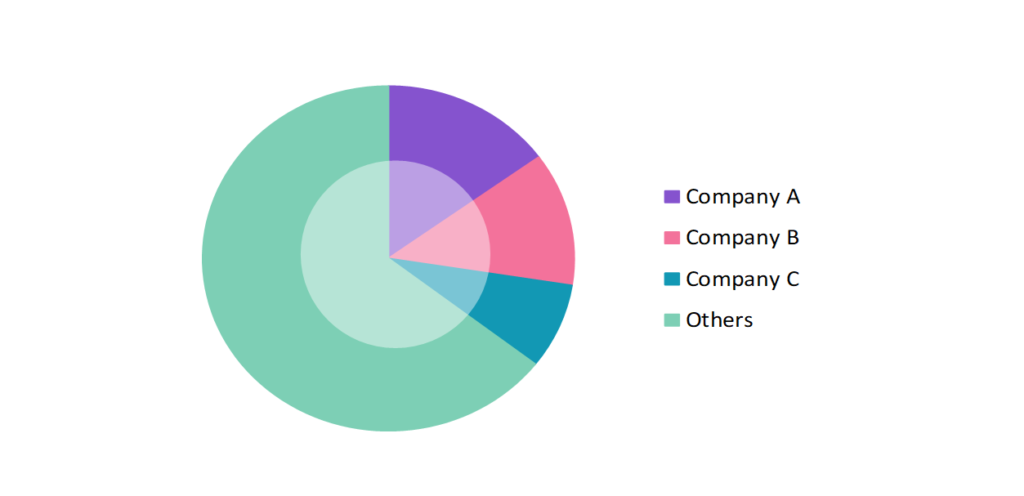
Automotive Sensors Market – Key Companies
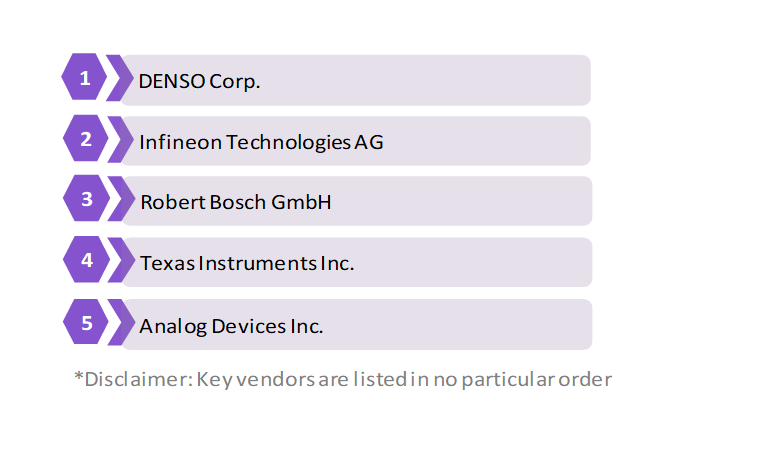
Reason to Buy from us

Table of Contents
| 1. Introduction |
|---|
| 1.1. Research Methodology |
| 1.2. Scope of the Study |
| 2. Market Overview / Executive Summary |
| 2.1. Global Automotive Sensors Market (2018 – 2022) |
| 2.2. Global Automotive Sensors Market (2023 – 2029) |
| 3. Market Segmentation |
| 3.1. Global Automotive Sensors Market by Sensor Types |
| 3.1.1. Temperature Sensors |
| 3.1.2. Pressure Sensors |
| 3.1.3. Oxygen Sensors |
| 3.1.4. Speed Sensors |
| 3.1.5. Radar Sensors |
| 3.1.6. Others |
| 3.2. Global Automotive Sensors Market by Vehicle Types |
| 3.2.1. Passenger Car |
| 3.2.2. Light Commercial Vehicle |
| 3.2.3. Heavy Commercial Vehicle |
| 3.2.4. Others |
| 3.3. Global Automotive Sensors Market by Application |
| 3.3.1. Powertrain Systems |
| 3.3.2. Chassis |
| 3.3.3. Exhaust Systems |
| 3.3.4. Others |
| 3.4. Global Automotive Sensors Market by Distribution Channel |
| 3.4.1. Original Equipment Manufacturers |
| 3.4.2. Aftermarkets |
| 3.4.3. Others |
| 4. Regional Segmentation |
| 4.1. North America |
| 4.1.1. The U.S |
| 4.1.2. Canada |
| 4.1.3. Mexico |
| 4.2. South America |
| 4.2.1. Brazil |
| 4.2.2. Argentina |
| 4.2.3. Colombia |
| 4.2.4. Chile |
| 4.2.5. Rest of South America |
| 4.3. Asia Pacific |
| 4.3.1. China |
| 4.3.2. India |
| 4.3.3. Japan |
| 4.3.4. South Korea |
| 4.3.5. Rest of Asia Pacific |
| 4.4. Europe |
| 4.4.1. UK |
| 4.4.2. Germany |
| 4.4.3. Italy |
| 4.4.4. France |
| 4.4.5. Spain |
| 4.4.6. Rest of Europe |
| 4.5. The Middle East |
| 4.5.1. Turkey |
| 4.5.2. UAE |
| 4.5.3. Saudi Arabia |
| 4.5.4. Rest of the Middle East |
| 4.6. Africa |
| 4.6.1. Egypt |
| 4.6.2. South Africa |
| 4.6.3. Rest of Africa |
| 5. Value Chain Analysis of the Global Automotive Sensors Market |
| 6. Porter Five Forces Analysis |
| 6.1. Threats of New Entrants |
| 6.2. Threats of Substitutes |
| 6.3. Bargaining Power of Buyers |
| 6.4. Bargaining Power of Suppliers |
| 6.5. Competition in the Industry |
| 7. Trends, Drivers, and Challenges Analysis |
| 7.1. Market Trends |
| 7.1.1. Market Trend 1 |
| 7.1.2. Market Trend 2 |
| 7.1.3. Market Trend 3 |
| 7.2. Market Drivers |
| 7.2.1. Market Driver 1 |
| 7.2.2. Market Driver 2 |
| 7.2.3. Market Driver 3 |
| 7.3. Market Challenges |
| 7.3.1. Market Challenge 1 |
| 7.3.2. Market Challenge 2 |
| 7.3.3. Market Challenge 3 |
| 8. Regulatory Landscape |
| 9. Competitive Landscape |
| 9.1. DENSO Corp. |
| 9.2. Infineon Technologies AG |
| 9.3. Robert Bosch GmbH |
| 9.4. Texas Instruments Inc. |
| 9.5. Analog Devices Inc. |
| 9.6. Company 6 |
| 9.7. Company 7 |
| 9.8. Company 8 |
| 9.9. Company 9 |
| 9.10. Company 10 |
Automotive Sensors Market – Frequently Asked Questions (FAQs)
What is the current size of the global automotive sensors market?
The market size for the global automotive sensors market in 2024 is $31.28 Bn.
Who are the major vendors in the global automotive sensors market?
The major vendors in the global automotive sensors market are DENSO Corp., Infineon Technologies AG, Robert Bosch GmbH, Texas Instruments Inc., Analog Devices Inc.
Which segments are covered under the global automotive sensors market segments analysis?
This report offers in-depth insights into each sensor types, vehicle types, application, distribution channel.
